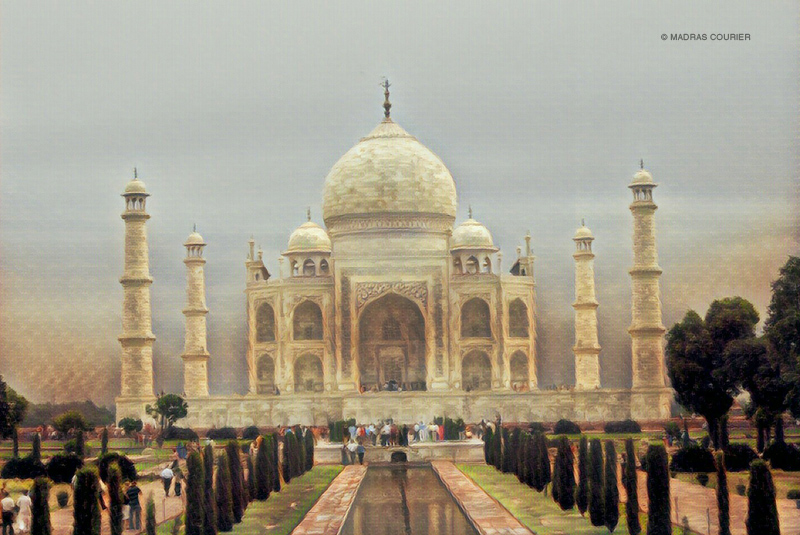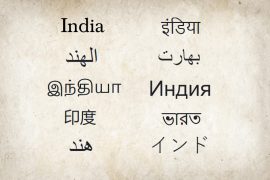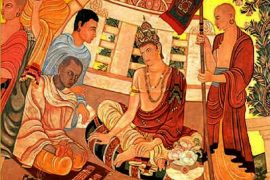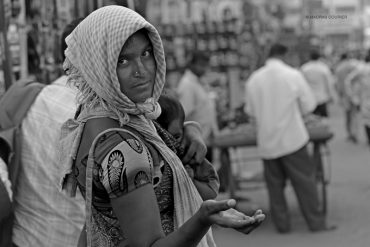The Taj Mahal is a symbol of love, but really, it should be a reminder of maternal health. Mumtaz Mahal was the most precious of Shah Jahan’s wives. In practice, this meant that she yielded him fourteen pregnancies, against one each for his other wives. Of this fourteen, only seven survived – with the birth of the fourteenth killing her.
Mumtaz had been pregnant almost every year of her marriage to Shah Jahan. Though India’s most iconic monument was built as a testimony to his love, a greater legacy would have been one of promoting maternal care. Mumtaz died from preventable ailments – a post-partum haemorrhage that could have been contained with a blood transfusion. It’s no leap of faith to say she suffered from her many pregnancies – and suffered as a result of her frequent pregnancies.
Was the Taj Mahal built out of guilt, as some are suggesting?
Big Picture
167 women die per 100,000 births in India – one of the highest ratios in South Asia. The number has gone down significantly over the years (in 1990, it was 560), especially in more developed states. But in some parts, like Assam, it’s over 300 a year.
Copyright©Madras Courier, All Rights Reserved. You may share using our article tools. Please don't cut articles from madrascourier.com and redistribute by email, post to the web, mobile phone or social media.Please send in your feed back and comments to editor@madrascourier.com











